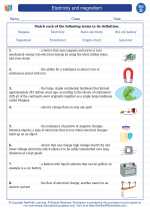Electricity and magnetism -> biological classification system
Biological Classification System
The biological classification system, also known as taxonomy, is a way of organizing and categorizing living organisms based on their similarities and differences. This system was developed by the Swedish scientist Carl Linnaeus in the 18th century and has since been widely used by biologists to study and understand the diversity of life on Earth.
Levels of Biological Classification
The biological classification system consists of several hierarchical levels, each with its own unique characteristics. These levels, from the most general to the most specific, are:
- Domain: The highest level of classification, which groups organisms based on the presence of certain cellular structures.
- Kingdom: This level further divides organisms into broad categories based on their shared characteristics.
- Phylum: Within each kingdom, organisms are grouped into phyla based on similarities in body plans and developmental patterns.
- Class: This level categorizes organisms based on shared physical and genetic characteristics.
- Order: Organisms within a class are further divided into orders based on similar physical and behavioral traits.
- Family: This level groups organisms based on shared genetic relationships and other characteristics.
- Genus: Within each family, organisms are grouped into genera based on similarities in their genetic and physical traits.
- Species: The most specific level of classification, where organisms are grouped based on their ability to interbreed and produce fertile offspring.
Importance of Biological Classification
The biological classification system is important for several reasons:
- It helps scientists organize and understand the vast diversity of life on Earth.
- It provides a common language for biologists to communicate and share information about different species.
- It allows for the identification and classification of new species based on their similarities to known organisms.
- It helps in the study of evolutionary relationships between different organisms.
Study Guide
To understand the biological classification system, it is important to study the characteristics and examples of organisms at each level of classification. Here are some key points to focus on:
- Learn the defining characteristics of each domain and the major groups of organisms found within each.
- Study the key features and examples of organisms within each kingdom, such as plants, animals, fungi, and protists.
- Understand the major phyla within the animal kingdom and their distinguishing traits.
- Explore the classes and orders of different animal groups and their unique characteristics.
- Examine the families, genera, and species of specific organisms to understand their relationships and differences.
By mastering these key points, you will develop a strong understanding of the biological classification system and the relationships between different organisms.
.◂Science Worksheets and Study Guides Fourth Grade. Electricity and magnetism

 Activity Lesson
Activity Lesson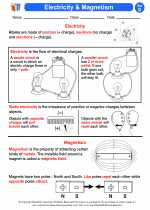
 Worksheet/Answer key
Worksheet/Answer key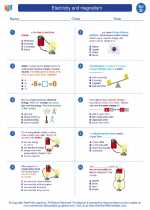
 Worksheet/Answer key
Worksheet/Answer key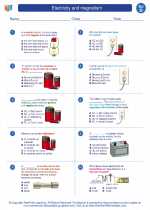
 Worksheet/Answer key
Worksheet/Answer key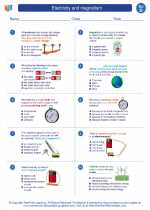
 Worksheet/Answer key
Worksheet/Answer key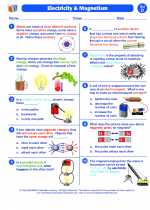
 Vocabulary/Answer key
Vocabulary/Answer key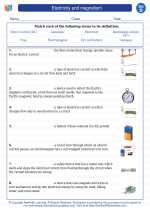
 Vocabulary/Answer key
Vocabulary/Answer key